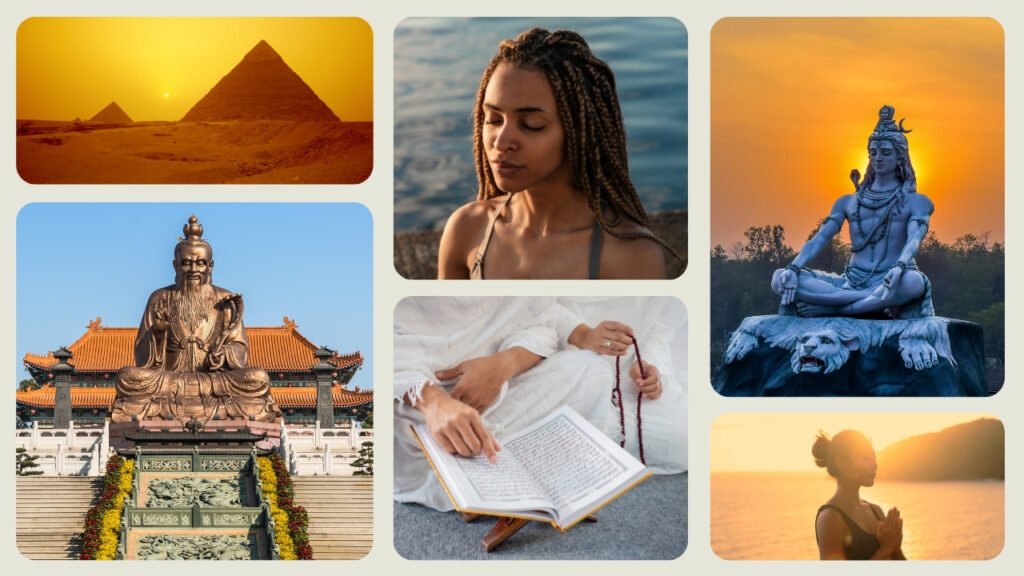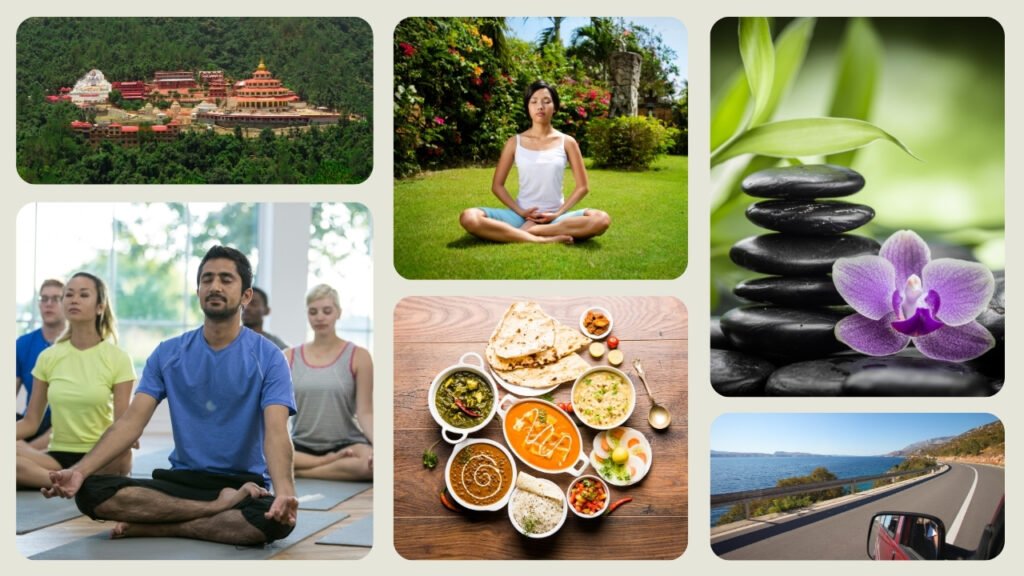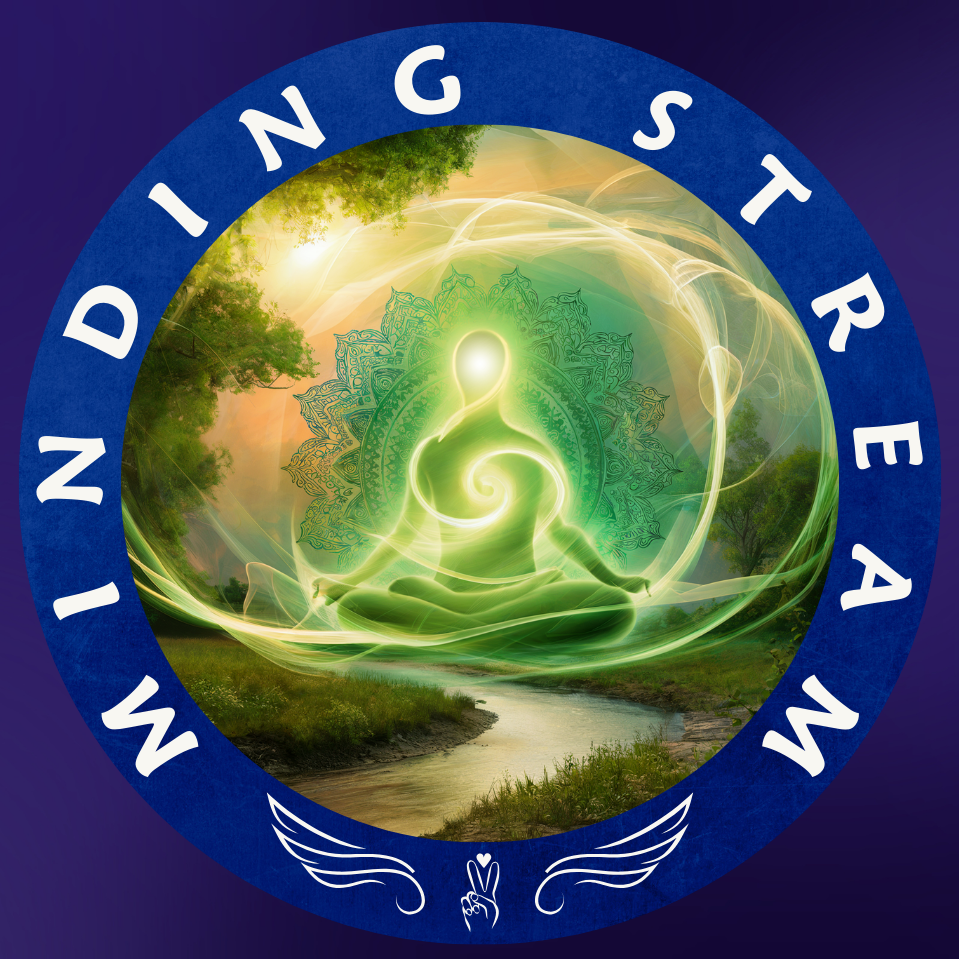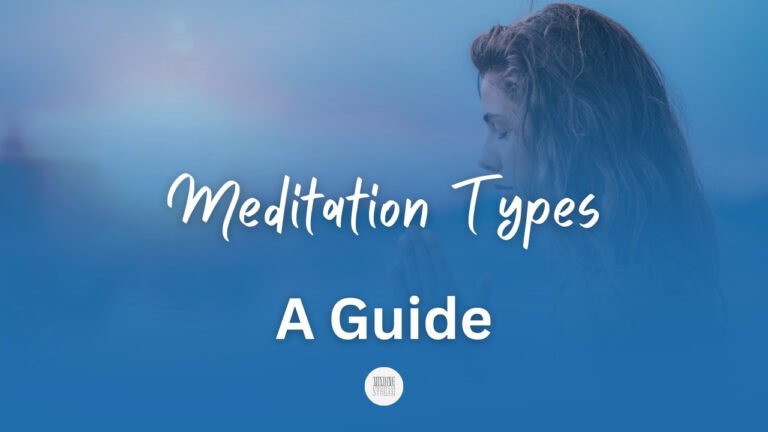Meditation Guide to Feel Best in Your Beautiful Life

Meditation is a way to feel your best in all areas of life, and this guide has everything you need to learn and use this awesome method.
Like astrology, meditation has become extremely popular. Its popularity in the modern world stems from its effectiveness in reducing stress, enhancing mental clarity, and promoting emotional well-being.
As we seek balance in our busy lifestyles, mindfulness practices gives us a refuge, cultivating and nurturing self-awareness and resilience.
Plus, the growing interest in holistic health and wellness has further propelled its appeal.
So, if you are curious about this method, this guide will help you learn what it is, its history, and how to best use it.
What is Meditation?
Before we get deep into this guide, let’s first define this. Meditation is a practice that involves focusing the mind to achieve a state of mental clarity, relaxation, and heightened awareness.
For most practitioners, it can take various forms, such as mindfulness meditation, where one focuses on the present moment, or transcendental meditation, which involves repeating a mantra.
The goal of meditation is to quiet the mind and develop a deeper connection with oneself, and this usually ends up leading to emotional and psychological benefits.
Some of the most popular benefits include reduced stress, enhanced focus, and improved emotional well-being.
Many also turn to meditation as a spiritual practice, using it to connect with higher consciousness or explore the deeper aspects of existence.
History of Meditation

Believe it or not, this is an ancient practice. Meditation’s roots trace back to Ancient Egypt, where spiritual practices aimed at connecting with the divine were integral to their culture.
Hieroglyphics and artifacts reveal that Egyptians engaged in contemplative practices to attain higher states of consciousness and spiritual insight.
As civilizations evolved, the practice migrated eastward, firmly establishing itself in Asia, where it became a cornerstone of various spiritual traditions.
In India, meditation developed into a central aspect of Hinduism, focusing on self-realization and union with the divine. Texts like the Vedas and Upanishads detail meditative techniques aimed at transcending the self.
Hindu practice later influenced Buddhism, founded by Siddhartha Gautama, where contemplating became a vital means for attaining enlightenment and understanding the nature of suffering.
Concurrently, Taoism in China embraced the practice as a way to align with the Tao, or the fundamental nature of the universe, promoting harmony and balance.
As these traditions flourished, meditation was adopted by various cultures worldwide. Sufi mystics in Islam began using meditation to deepen their connection with God, while Christian mysticism incorporated contemplative prayer to achieve spiritual union.
Kabbalah, the Jewish mystical tradition, also embraced these practices to explore divine mysteries.
In the late 20th century, meditation experienced a resurgence in the West, influenced by New Age movements, leading to its widespread adoption across diverse populations, focusing on mindfulness and personal well-being.
You would be surprised to learn that this has become one of the most studied methods in science, and we are continuously learning more and more about it in research.
Today, meditation continues to evolve, bridging ancient wisdom with modern practices, promoting mental health and spiritual growth globally.
Meditation Time
You will notice that experienced practitioners will tell you how it’s important to do this in specific times of the day. Setting a specific time for meditation helps create consistency and discipline in one’s practice.
By dedicating a fixed part of the day to meditation, whether in the morning or evening, it becomes a habitual routine that the mind and body grow accustomed to.
This regularity can help build the mental muscles needed for focus and relaxation. You could say the repetition of the practice at the same time creates a habit, which obviously is a huge help.
Additionally, specific meditation times allow one to mentally prepare, making the process feel more intentional. In fact, many practitioners will tell you it starts before you even sit down.
Over time, the mind becomes conditioned to expect this period of calm, making it easier to settle into a meditative state and experience deeper results.
Meditation Space
Another area to consider for this practice is creating a space for it. Dedicating a special meditation space creates an environment that fosters relaxation and focus, essential for achieving a deeper meditation experience.
When you designate a particular area for your practice, your brain associates that space with calmness and introspection, which helps you settle into a meditative state more easily.
A personalized practice space also permits for intentional ambiance through elements like lighting, cushions, candles, or incense.
This intentionality will definitely strengthen the sense of ritual, making it easier to disconnect from daily distractions and fully immerse in your practice.
In other words, the space becomes a physical and mental sanctuary for reflection and inner peace.
Meditation Retreat

Meditation retreats are immersive experiences where individuals step away from their regular lives to focus solely on deepening their meditation practice.
These retreats can last from a weekend to several weeks, and they are often held in serene environments designed to minimize distractions.
Participants may engage in guided meditations, silent reflection, yoga, and teachings from meditation instructors.
For many, the concentrated environment of a retreat offers a rare opportunity to deepen their meditation practice, reset mentally, and experience profound personal insights.
Whether they are worth it depends on personal goals, but for those seeking a deeper connection with their inner selves, retreats can be transformative.
Meditation Journey
This practice is highly personal. In your meditation journey, expect both moments of profound calm and clarity as well as periods of frustration or distraction.
As you progress, you may notice an increased sense of awareness, mindfulness, and emotional resilience.
Over time, the practice can help you respond to life’s stresses with more equanimity, and you may develop a deeper understanding of yourself.
However, the journey is not always linear; some days, it may feel challenging to focus or quiet the mind. This is especially the case in time of crises.
Patience is essential, as the benefits of the practice often unfold gradually. With consistent practice, your meditation journey becomes a path to greater peace and self-awareness.
A Quick Way to Try It
By the time you get to this area of the guide, you might start to want to try it. One easy meditation anyone can do is the “5-4-3-2-1 Grounding Technique.”
Start by finding a comfortable seated position. Close your eyes and take a few deep breaths.
Now, open your eyes.
Then, focus on your surroundings: identify five things you can see, four things you can touch, three things you can hear, two things you can smell, and one thing you can taste.
After that, close your eyes again and take a few deep breaths. Keep thinking about those things as you breath, over 5 cycles.
This exercise helps anchor you in the present moment, promoting mindfulness and reducing anxiety.
It can be done anywhere, making it an accessible practice for anyone looking to calm their mind and enhance their awareness of the present.
What to Avoid
Of course, there are a few things to deal with. First of all, beginners should avoid placing too much pressure on themselves to achieve immediate results in meditation.
This is a practice, and expecting instant calm or profound insights can lead to frustration.
Likewise, it’s important not to force the mind into quietness or overthink the process, as this can create tension rather than relaxation.
Beginners should also avoid comparing their progress to others or feeling like there’s a “right” way to meditate.
Every individual’s journey is unique, and it’s essential to embrace that. Remember, we all have different way of accessing our mind.
Finally, beginners should avoid distractions by choosing a quiet environment and dedicating sufficient time to settle into their practice without interruption.
Final Thoughts
It’s clear that meditation is an incredible experience. This is a practice that can truly transform your life.
How? By reducing stress and anxiety, enhancing focus and concentration, and nurturing emotional resilience.
It promotes self-awareness, allowing you to understand your thoughts and feelings better.
Over time, regular practice can lead to improved mental clarity, better relationships, and a deeper sense of inner peace and fulfillment.


One Comment